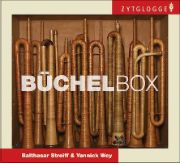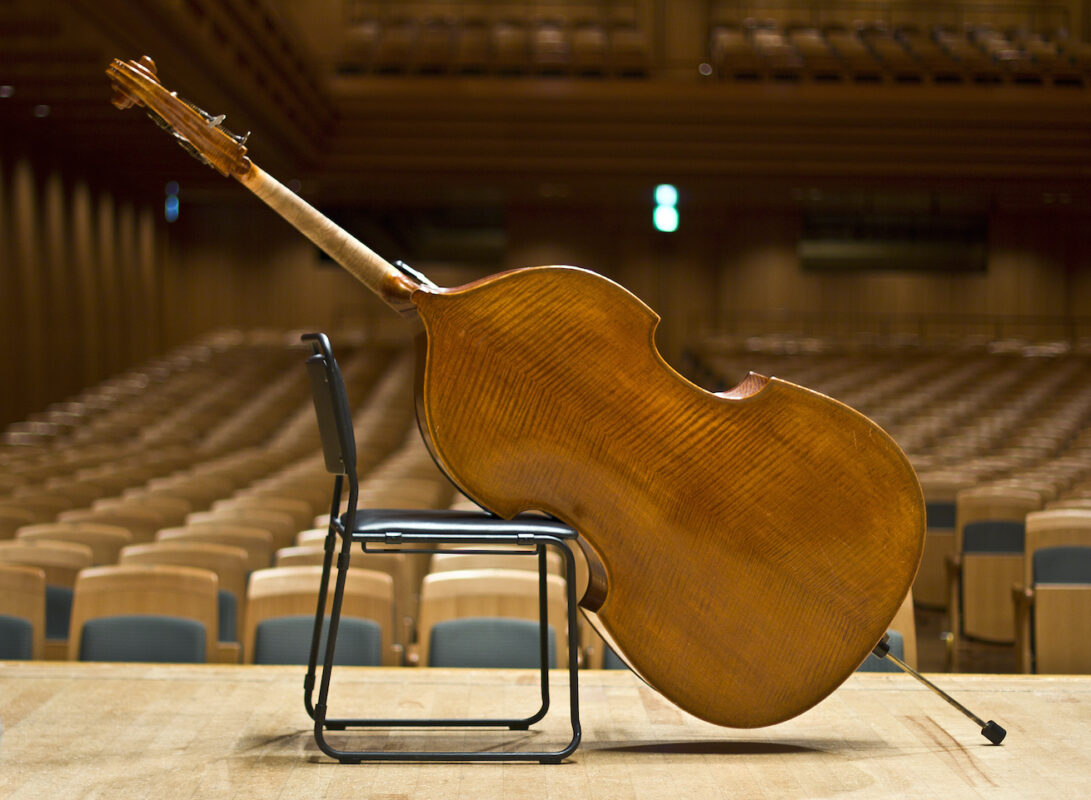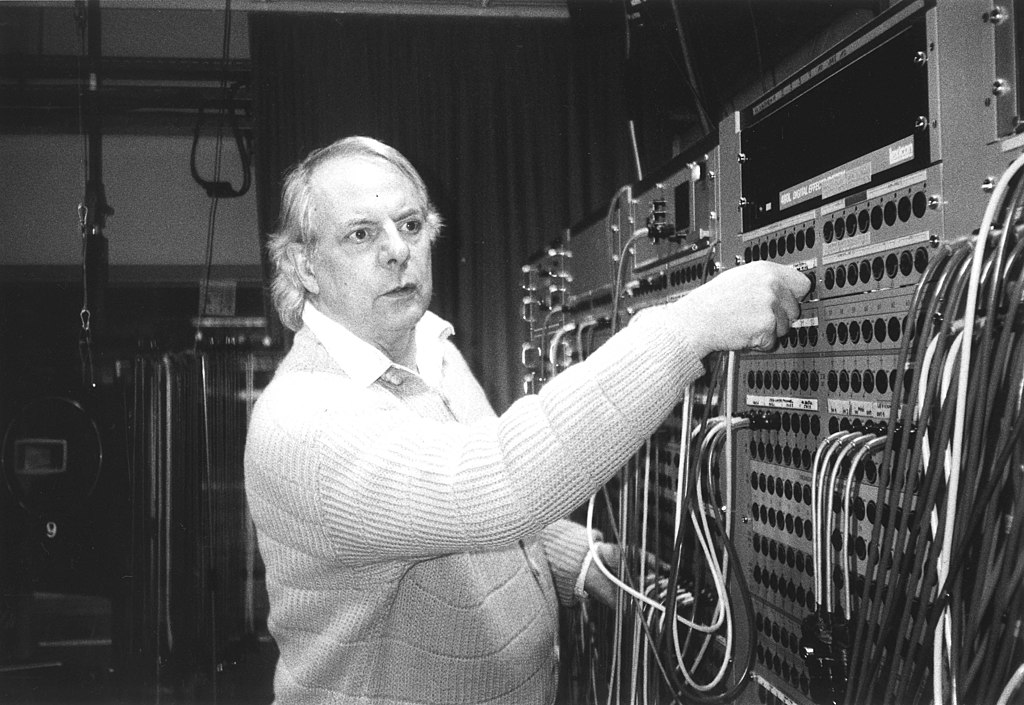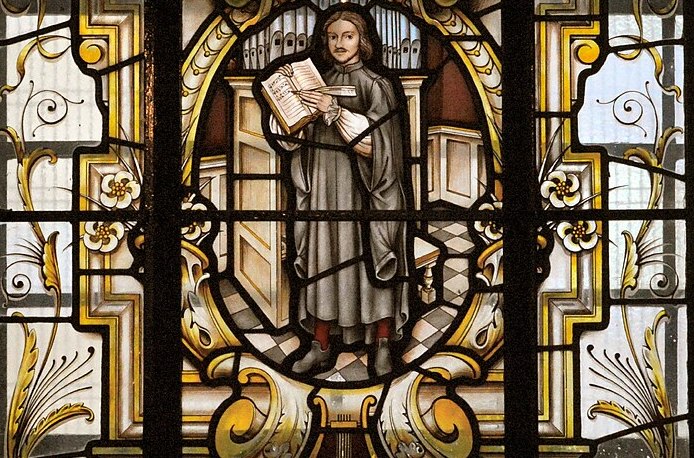Büchel freshly fathomed
Balthasar Streiff and Yannick Wey have thoroughly explored the sound and repertoire of this old instrument. Now they present an impressive collection of pieces in sound and writing.

The Büchel is the handy version of the alphorn, so to speak. The name is derived from the word "bend" and comes from the fact that the sound body is folded twice and is correspondingly shorter. The Büchel is classified as a brass instrument, is covered with birch bark and is similar in sound to the baroque trumpet. Like the baroque trumpet and the alphorn, it has neither holes nor valves, so that the notes have to be produced solely by means of air pressure and embouchure. In an interview on the online platform, Balthasar Streiff explains that the fact that the Büchel still has a rather miserable existence today, when the alphorn is enjoying a boom in a wide variety of musical contexts, is probably due to the fact that it is so difficult to play Open Planet of Sound. "Because everything is smaller than with the alphorn, it's more delicate, more difficult and requires a better approach."
Originally a sculptor, Streiff found his way to music through land art and the concept of exploring "space" through sound. For many years, he has been exploring the sounds of the alphorn and many other natural wind instruments from all over the world. He made a name for himself not least with the experimental duo Stimmhorn, which has released five albums and won the Swiss Cabaret Award. Yannick Wey is a research assistant at the Lucerne University of Applied Sciences and Arts and plays the trumpet and Büchel in various formations and solo.
With the Büchelbox and the simultaneously published music book, which are based on a year of intensive research, the two musicians present the first stylistically, historically and geographically comprehensive collection of Büchel pieces. The chronological arc ranges from the Italian and Austrian baroque composers Bartolomeo Bismantova and Romanus Weichlein to anonymous and "traditional" pieces, which were transcribed by the German musicologist Christian Kaden, among others, to compositions by Alois Bucher, alias Büchel-Wisi, from Schwyz, who died in 2009, and Balthasar Streiff himself. Many of the contributions are linked to the Muota Valley, the Swiss stronghold of the Büchel family, and conjure up images of beautiful mountain worlds simply out of habit. The stylistic diversity of the 47 vignette-like short pieces is remarkable. The Shepherd signals from Thuringia The music is reminiscent of the question-and-answer games in gospel, while the three anonymous duets from Hungary, dating back to the 18th century, strike a higher pitch and sound downright spooky. The fact that the tones sometimes slip naturally and the scale does not fit the conventional radio music of our time anyway, creates a fascinating arc between timeless tradition and experimental modernity.
Büchelbox. Balthasar Streiff and Yannick Wey. Zytglogge, EAN 7611698043694
The music book for the CD is published by Müllrad-Verlag in Altdorf (Art.Nr. 1064, Fr. 34.00).









